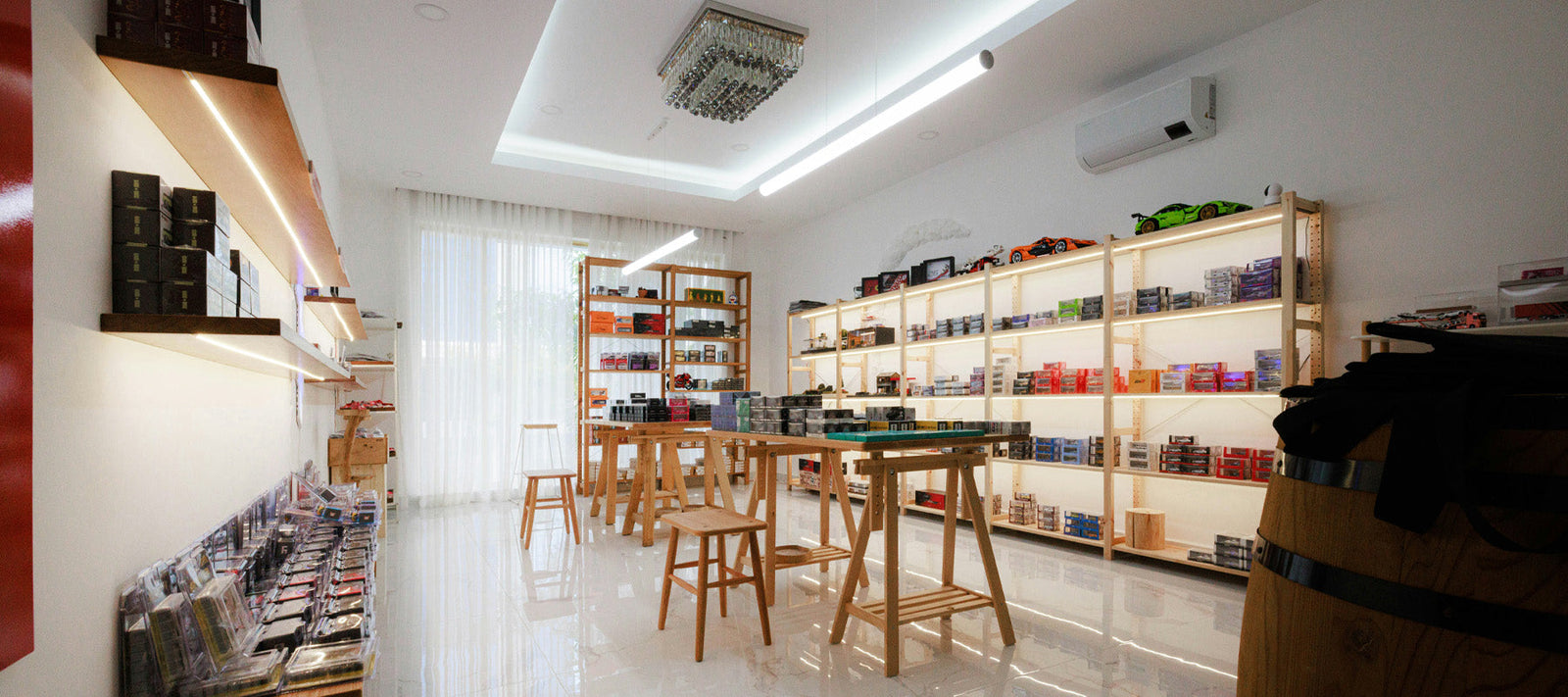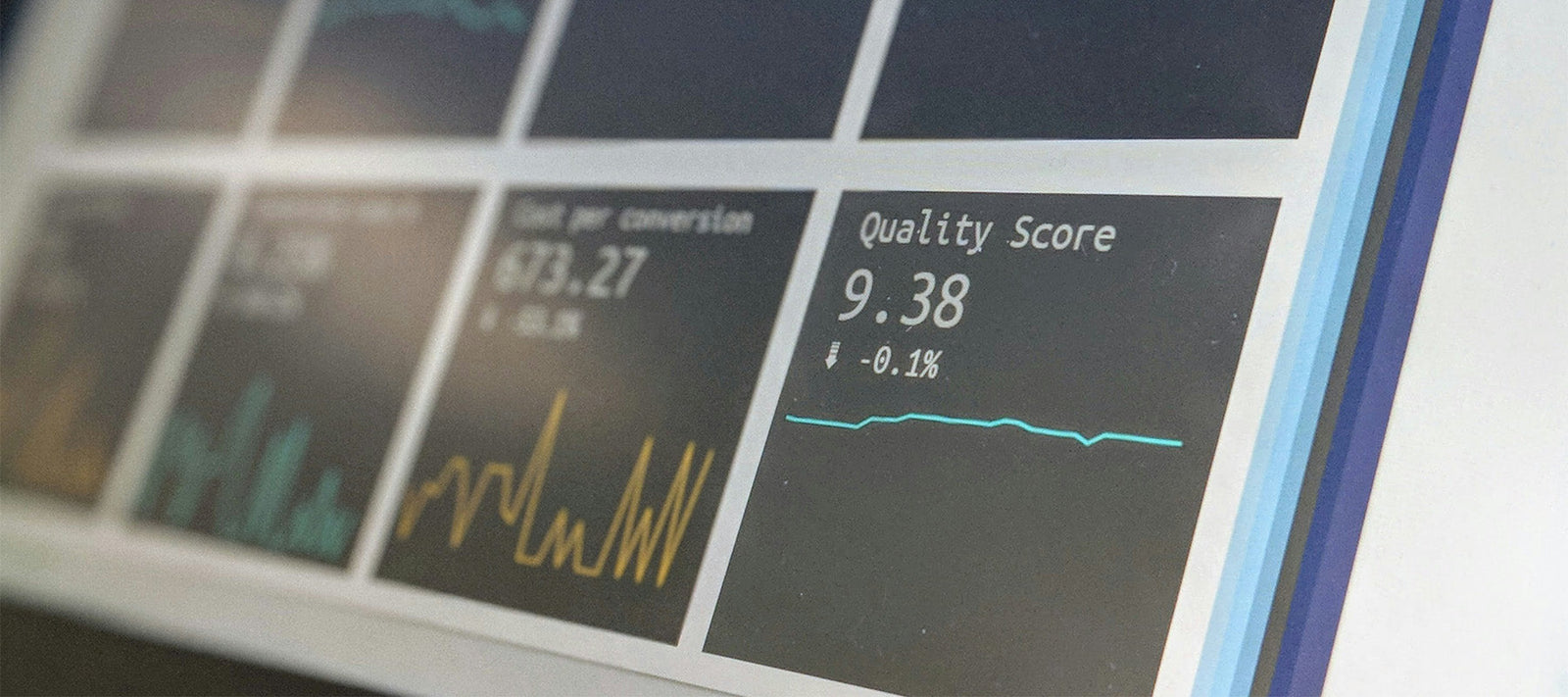When commissioning a bespoke display stand design, there are several key factors to consider to ensure the stand meets your needs, effectively showcases your products or services, and aligns with your brand's identity. Here’s a comprehensive guide on what to look for:
1. Brand Alignment
- Consistency with Brand Identity: The design should reflect your brand's colors, fonts, logo, and overall aesthetic. A well-aligned stand reinforces brand recognition and ensures a cohesive brand experience.
- Messaging: The stand should clearly communicate your brand’s message, whether it’s luxury, innovation, sustainability, or another key value. Ensure that the design includes elements that help convey this message effectively.
2. Functionality
- Purpose and Use: Determine the primary function of the display stand. Is it for showcasing products, offering information, or attracting visitors to your booth? The design should be tailored to this purpose.
- Ease of Access: The stand should be designed with easy access in mind. Consider how customers will interact with it—can they easily pick up or examine products? Is the information displayed at eye level?
- Space Optimisation: The design should make efficient use of space, whether it’s a small counter-top stand or a large exhibition booth. Every inch should be purposeful.
3. Aesthetic Appeal
- Visual Impact: The display stand should be eye-catching and visually appealing to draw attention in a crowded environment. Look for designs that incorporate striking visuals, unique shapes, or lighting effects.
- Materials and Finishes: The choice of materials can greatly influence the overall look and feel of the stand. Consider whether you want a sleek, modern finish with materials like metal and glass, or a more organic, rustic feel with wood and natural fibres.
4. Durability and Quality
- Material Strength: Ensure the stand is made from high-quality, durable materials that can withstand the wear and tear of regular use, especially if it’s meant to be portable or used at multiple events.
- Build Quality: The craftsmanship should be top-notch, with attention to detail in how the stand is constructed. Sturdy joints, seamless edges, and a solid base are indicators of good build quality.
5. Modularity and Flexibility
- Customizability: Look for a design that offers flexibility. A modular stand that can be reconfigured or expanded for different uses or spaces can be a valuable investment.
- Portability: If you plan to use the stand at multiple locations or events, consider how easy it is to transport and set up. Lightweight materials, collapsible elements, and easy assembly/disassembly are key factors.
6. Brand-Specific Customisation
- Tailored Design Elements: Ensure the design can incorporate custom elements that reflect your brand, such as bespoke shelving for specific product shapes, branded backdrops, or integrated multimedia screens.
- Unique Features: Consider unique, brand-specific features like interactive elements, integrated lighting, or special finishes that set your stand apart from others.
7. User Experience
- Interactive Elements: If relevant, incorporate technology like touchscreens, QR codes, or virtual reality to engage customers and enhance their experience.
- Comfort and Ergonomics: The design should consider customer comfort and ease of use, especially if your stand involves interactive elements or requires visitors to spend time engaging with the display.
8. Budget and Cost-Effectiveness
- Value for Money: While bespoke designs can be more expensive than off-the-shelf solutions, ensure that the cost is justified by the quality, durability, and impact of the design.
- Long-Term Investment: Consider the long-term use of the stand. A more expensive, durable stand may be more cost-effective over time compared to a cheaper option that needs frequent replacement.
9. Sustainability
- Eco-Friendly Materials: If sustainability is a priority for your brand, look for designs that use recycled, recyclable, or sustainably sourced materials.
- Energy Efficiency: If your display stand includes lighting or electronic components, ensure they are energy-efficient, using LED lights or low-power screens.
10. Compliance and Safety
- Regulatory Compliance: Ensure that the design complies with relevant safety standards and regulations, especially if the stand will be used in public spaces or at events with strict safety requirements.
- Safety Features: The stand should be stable, with no sharp edges or loose parts that could pose a risk to users. If the stand is tall or heavy, ensure it’s designed with proper weight distribution and anchoring options.
11. Vendor Experience and Expertise
- Portfolio Review: Look at the portfolio of the design firm or manufacturer. Have they created bespoke stands similar to what you need? Do they have experience in your industry?
- Client Testimonials: Seek feedback from previous clients about the vendor’s reliability, quality of work, and customer service.
12. Timeline and Lead Time
- Production Time: Consider how long it will take to design and produce the stand. Ensure that the timeline fits within your schedule, especially if you need the stand for a specific event or launch.
- Delivery and Installation: Check if the vendor provides delivery and installation services. A full-service option can save time and ensure the stand is set up correctly.
13. After-Sales Support
- Maintenance Services: Inquire about any after-sales support or maintenance services. This could include repairs, updates, or reconfigurations for future use.
- Warranty: Check if the stand comes with a warranty covering defects or damages, ensuring your investment is protected.
14. Scalability
- Future-Proofing: Consider whether the design allows for future modifications or expansions. A scalable design means you can adapt the stand for different products or events as your business grows.
Conclusion
When investing in a bespoke display stand, you should prioritise designs that align with your brand identity, are functional, aesthetically appealing, durable, and offer good value for money. Look for flexibility, sustainability, and compliance with safety standards. Choosing a reputable vendor with a strong portfolio and reliable after-sales support will ensure that your display stand not only meets but exceeds your expectations.






